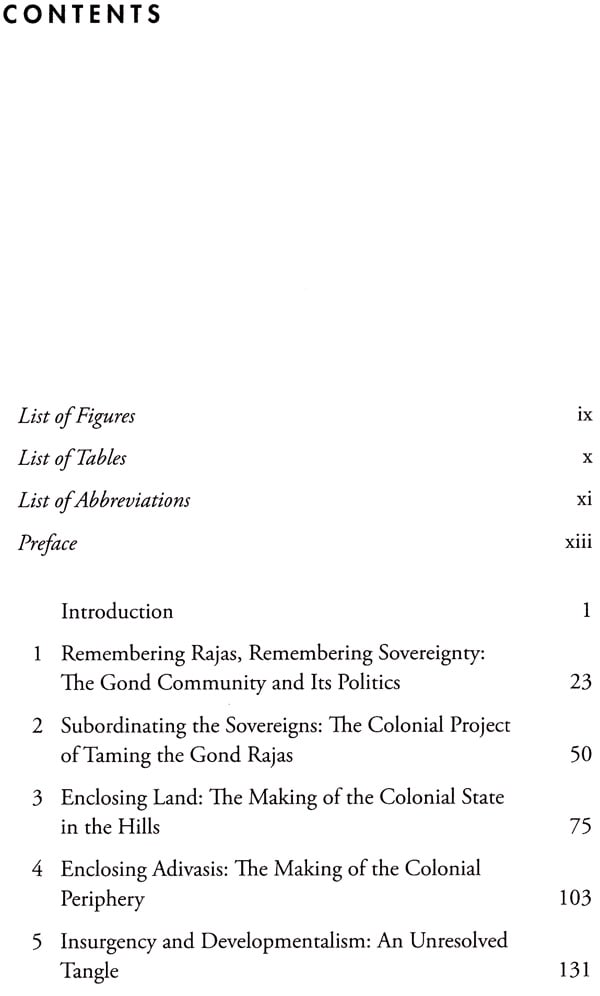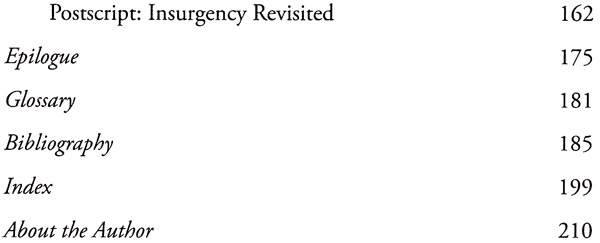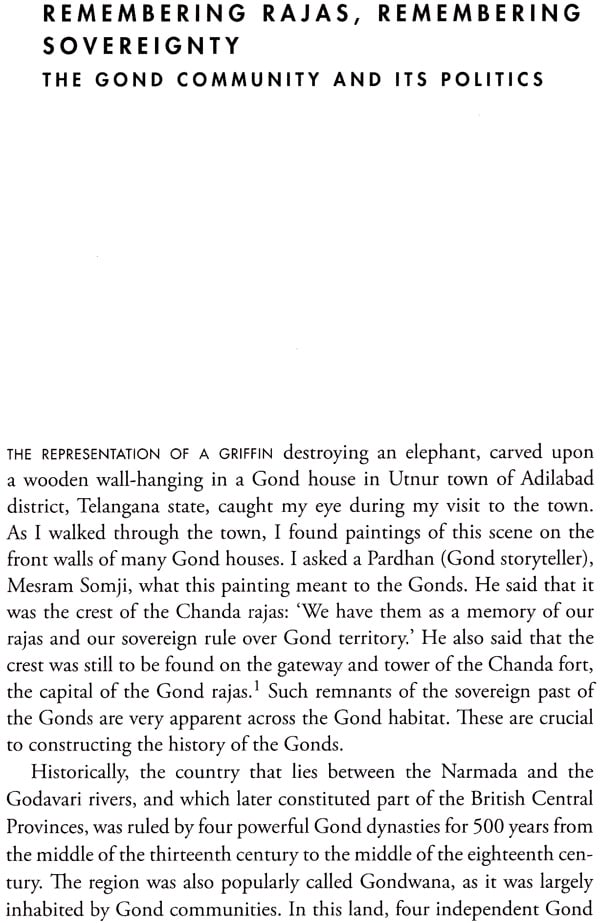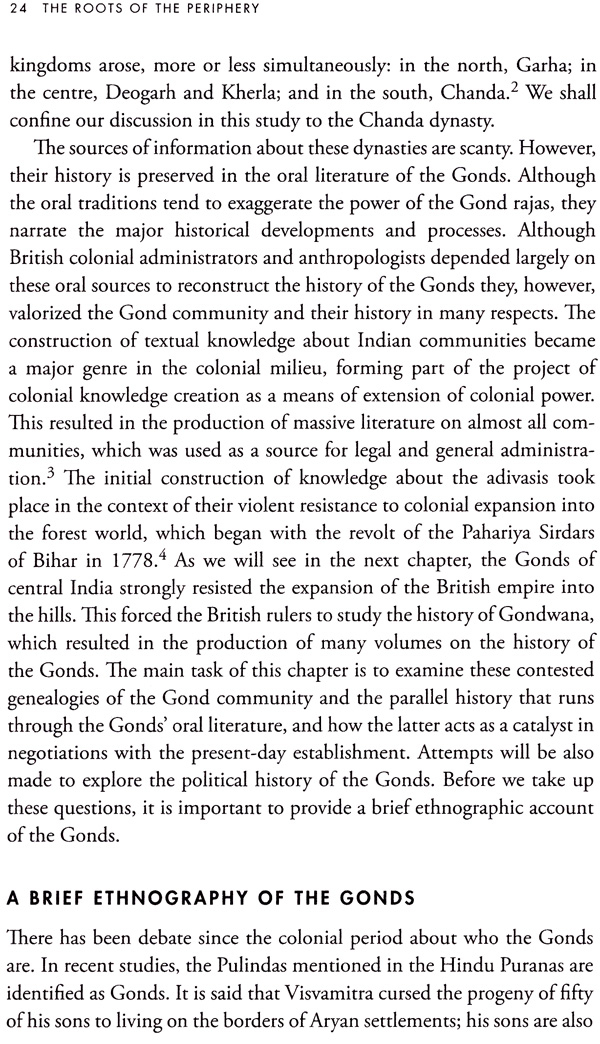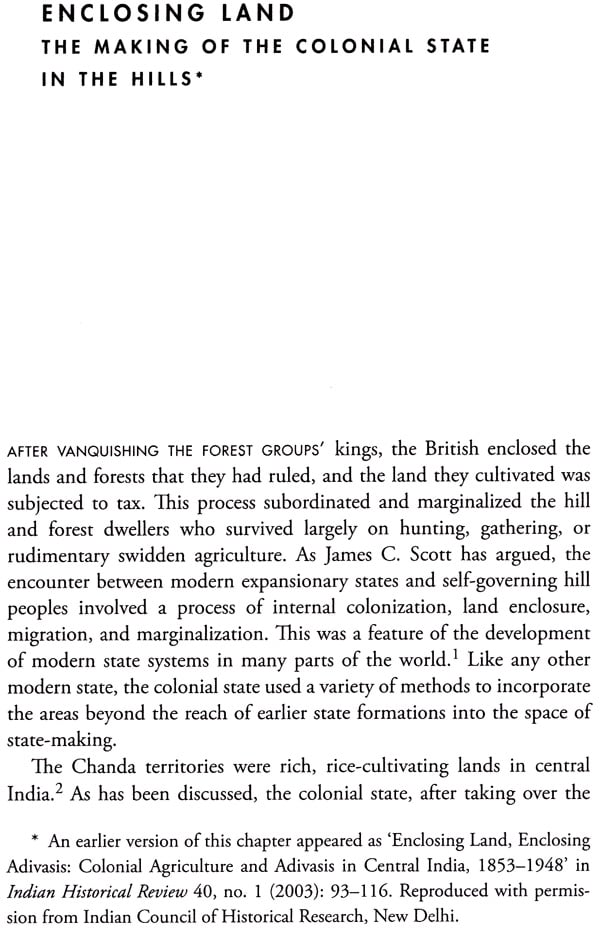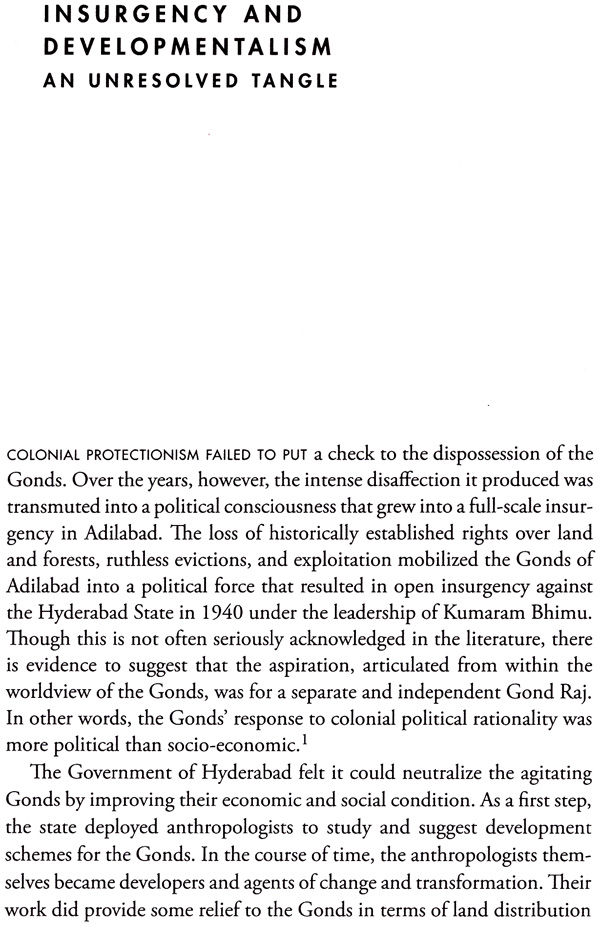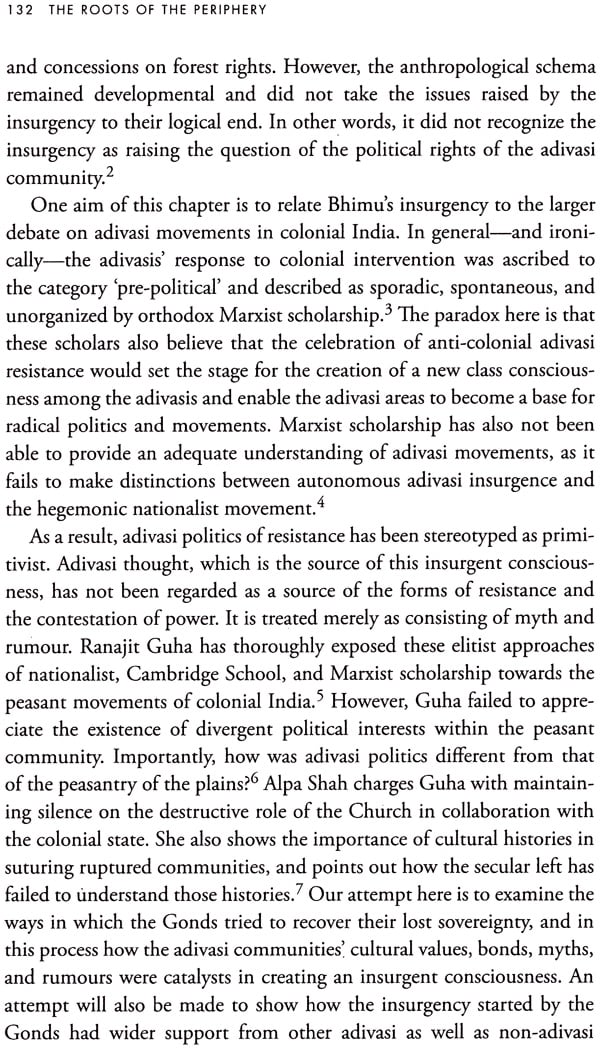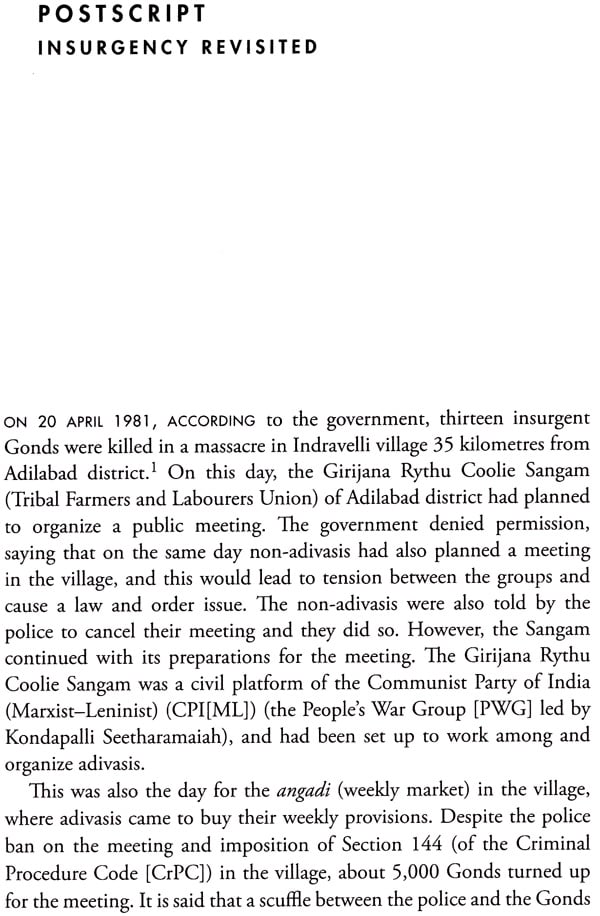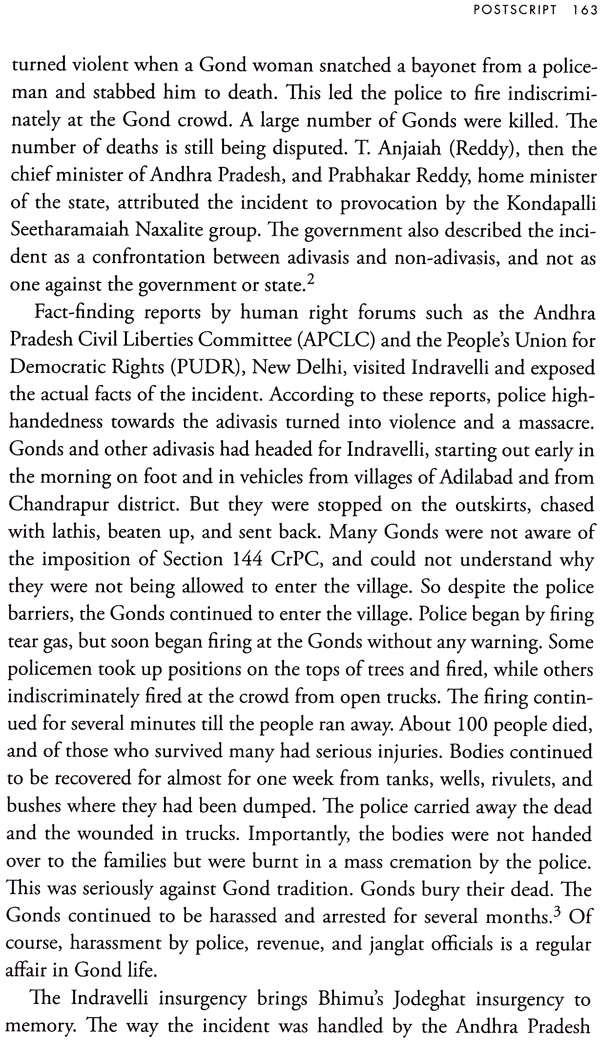
The Roots of The Periphery (A History of The Gonds of Deccan India)
Book Specification
| Item Code: | NAR378 |
| Author: | Bhangya Bhukya |
| Publisher: | Oxford University Press, New Delhi |
| Language: | English |
| Edition: | 2017 |
| ISBN: | 9780199468089 |
| Pages: | 232 |
| Cover: | HARDCOVER |
| Other Details | 9.00 X 6.00 inch |
| Weight | 400 gm |
Book Description
Its primitivism a consequence of the natural evolution of some human societies? Or is it a conscious choice by such societies to evade state power? In The Roots of the Periphery, Bhangya Bhukya sets out to answer these questions by taking as his focal point the case of the Gond dynasty of the erstwhile Chanda region of Deccan India. Arguing that the `periphery'-the adivasis (or the indigenous peoples)-have their roots in the 'centre', he demonstrates how the British colonial government in India created an administrative divide between the plains and the hills, thus stereotyping hill and forest communities as isolated, primitive, barbaric, and uncivilized.
This book examines the evolution of Gond society over a prolonged period-from Mughal rule to the colonial era-with an interdisciplinary approach that uses both oral narratives and folklore along with archival sources. In so doing, it challenges the isolationist and assimilationist perceptions about adivasi society and asserts that the 'difference' imagined and articulated by the Gonds was deeply rooted in self-rule and self-determinism.
BHANGYA BHUKYA teaches history at the University of Hyderabad, India. He is associated with several adivasi movements in south India.
THE POPULAR IMAGE OF THE adivasis (indigenous peoples or aboriginals) of India as isolated, primitive, barbaric, and uncivilized is what led me to write this book. The crucial question is why certain social groups 'continue to lead a rugged and wild life, or, as James Scott says, why did civilization not reach the hills and forests? Importantly, why did adivasis evade the state and choose to live in the peripheries of empire, which are now referred to as Scheduled Areas? These are the main concerns of this book, which aims to explore the meaning of such state-evading politics while studying the process of the making of peripheries in India. A periphery is produced mainly by state-making processes or encounters between the mainland state and self-governing communities. Although periphery-making is today a universal phenomenon, there are continental and regional varieties of the periphery. The advent of the Aryans and their subsequent state and empire formations laid the foundation for the creation of the periphery in India. This process acquired momentum during the Sultanate and Mughal regimes, and became more aggressive under British colonialism. The British colonial state is the main focus of this book. However, this study is not about the making of the state or governance in India, but about the effects of state power on subaltern communities such as the Gonds of Deccan India who are the subject of this work.
State-making in India involved war, destruction, violence, taxation, subjugation, and caste suppression. In the process, many self-governing communities were driven into non-state spaces-in this case, the hills and forests. The hill and forest communities had historically maintained differences from those in the mainland/plains. The colonial rulers dubiously created an administrative divide between the plains and the hills, and typified hill and forest communities as isolated, primitive, barbaric, and uncivilized. Forest communities and caste-Hindu society were presented as polar opposites-uncivilized and civilized respectively. There had indeed been a historically embedded difference between the plains and hills, but this was more political, a difference between a statist society and a self-governing society. This book primarily argues that the dif-ference imagined and articulated by the adivasi communities was deeply rooted in self-rule and self-determinism. In this sense, the historically embedded difference between the plains and hills goes beyond the colonial divide. One aim of this book is to study the effects of this colonial divide on the Gonds, while constructing their social history.
This book developed from postdoctoral research on the Gond community of Deccan India undertaken over six years. The idea for this study emerged during a field trip to Adilabad district of Telangana during my doctoral work on the Lambadas of this region. I was astonished to find many ruined forts of the Gond rajas in the area. Local people recounted heroic stories associated with these forts. This made me realize that the Gond community has a strong history of politics. The immedi-ate question that struck me was: how had a ruling community been reduced to such a (materially) vulnerable position? After I completed my work on the Lambadas, I began thinking more seriously about the Gonds. I made many visits to Adilabad district to understand Gond life before I consulted any archival data. Every visit led to me reformulating my research question. Initially, I wanted to document only the history of the Gond rajas. But as my investigations progressed, I learnt from the Gonds that all the present-day non-adivasi towns had at one point of time been Gond gudams (hamlets). My respondents could actually cite dates that marked the arrival of non-adivasi families in their gudams, and repeatedly spoke about how these gudams were being converted into caste-Hindu villages.
ADIVASI HABITATS, POPULARLY TERMED JANGLI (wild), Agency, or Scheduled Areas (as classified by the administration or various agencies) have historically been perceived and constructed as the peripheries of India's mainland. A majority of adivasis live either on the borders of the for-est or in the forests. Although historically embedded differences exist, the boundary between the mainland/plains and the hills/forests was administratively developed principally under British colonial rule. The border has now become a zone of contestation, as both adivasis and non-adivasis live here, simultaneously in harmony and in tension with each other. This has happened also partly because forests and hills are spread not only along the fringes or borders of India, but are present in the centre too. The whole of central India and the Deccan abound in forests, and these regions formed the peripheries of empires in Indian history. They also sheltered millions who escaped or migrated from the plains or were driven from the plains to the forests. This is to say that the divide is a by-product of the historical encounter between dominant and subordinate groups of the mainland plains.
Therefore, one needs to see the formation of the periphery as a political act, and not simply as the drawing of administrative or geographical boundaries. Only then can the categories of 'mainland' and 'periphery' be seen as the political and cultural divides that they are. However, these categories have for long been essentialized in terms of the binaries of civilized-primitive, tamed-wild, modern-backward, governed-ungoverned. Such essentialist constructions subvert the political meaning of the periphery. Importantly, the victorious and dominant groups have produced and reproduced these divides through history in order to subjugate the subordinated in perpetuity. This book traces the history and politics of this divide, narrating the case of the Gonds of Deccan India, an adivasi community.
The dichotomy between the mainland and periphery in India is generally perceived in terms of caste and tribe, and the study of caste and tribe has generally been regarded as part of the empire of sociology and anthropology, rather than of history or any other human science. The legacy of colonial anthropology has been carried forward by Indian anthropologists and sociologists even after independence, though from a different standpoint that often goes by the name of national integration or the creation of a universal class. In other words, when it comes to adivasis, the epistemological constructions of Indian scholars have been centred either on the idea of national integration or on the concept of class.
In the first decades of independent India, Andre Beteille, one of the most prominent sociologists in India, produced influential studies problematizing the formation of class, caste, and 'tribe' in India and investigating their relations.4 In one important study, he endeavoured to show that there is no difference between tribe and peasantry in India.5 Subsequently, in a bid to liberate Indian sociological studies from the meta-narrative of evolutionism, Beteille preached the use of the concept of 'coexistence' to study the relations between caste-Hindu society and adivasi society.6 He took the concept of coexistence from D.D. Kosambi's study of early India,7 which shows the side-by-side existence of adivasis and caste-Hindus.
**Contents and Sample Pages**
